Pyrolysis | Basic Principles, Types and Uses
Introduction Pyrolysis is a process that breaks down organic material at temperatures between 400 °C…
Waste to Energy | Methods, Economic Impact and Future Trends
Introduction Waste-to-energy (WtE) or energy-from-waste (EfW) is a way to produce electricity and heat from…
Fluidized Bed Gasifier | Types, Operation, Design and Development
Introduction A fluidized Bed Gasifier is a process that turns waste material containing carbon into…
Layout of Feeder | Radial, Parallel, Ring Main and Interconnected
Introduction A feeder carries electricity to a substation, bus, or several loads. Different substation feeder…
What is PLC | Building Block of PLC and their Functions
Concept of PLC A programmable logic controller (PLC) is a microprocessor-based specialist computer built to…
Wheatstone Bridge | Construction, Principle, Formula, and Disadvantages
Introduction The Wheatstone Bridge is a gadget invented in 1842 by scientist Wheatstone to figure…
Transmission Line | Introduction, Classification, and Modelling
Introduction A transmission line is like a power highway for electricity to travel from a…
Compensation Theorem | Introduction, Need, and Advantages
Introduction To understand the compensation theorem let's, imagine you have a network or circuit with…
Feedback Amplifier | Types, Properties, and Topologies
Introduction A feedback amplifier is like a loop where the output connects back to the…
Maximum Power Transfer Theorem | Formula, Proof, and, Limitations
Introduction In both DC and AC circuits, when you have a power source (like a…




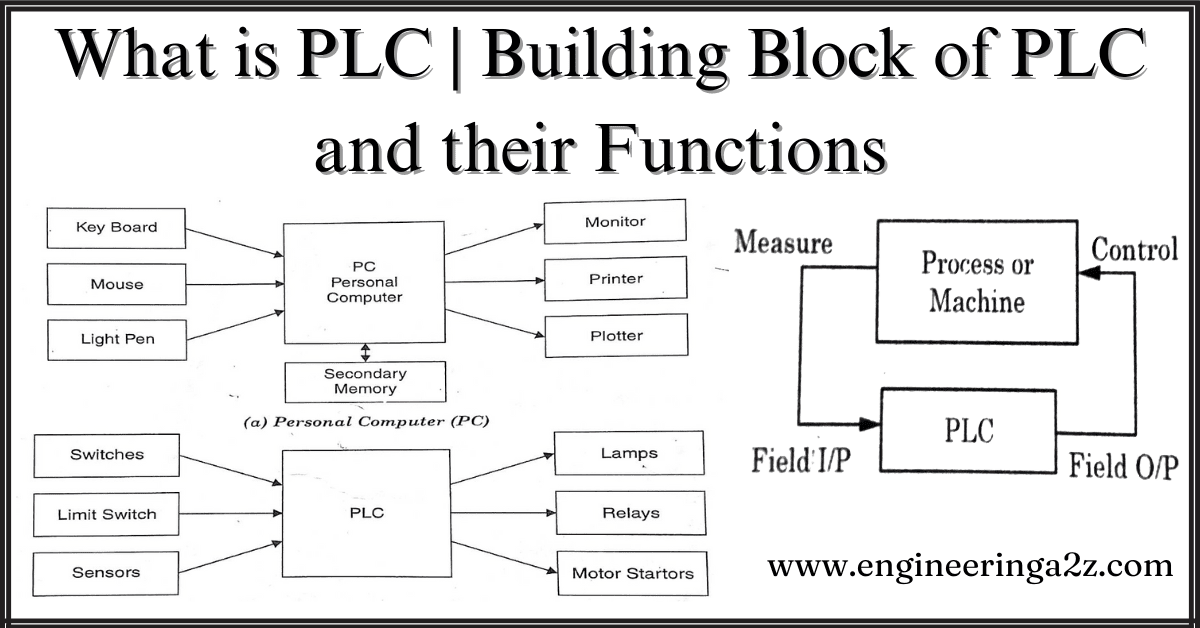
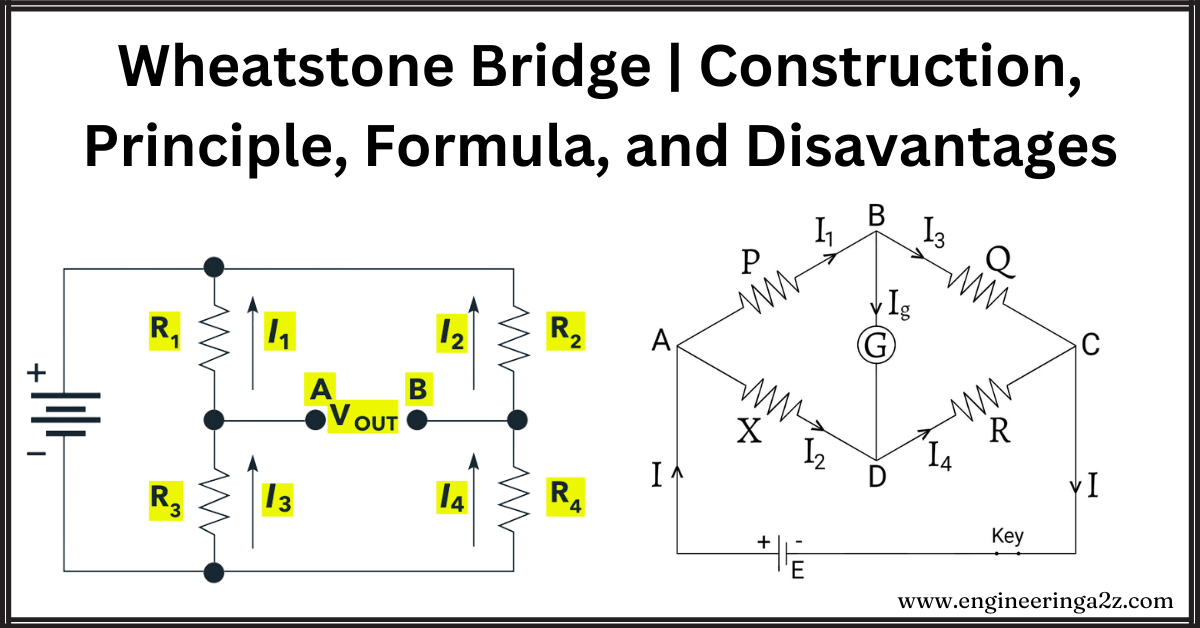
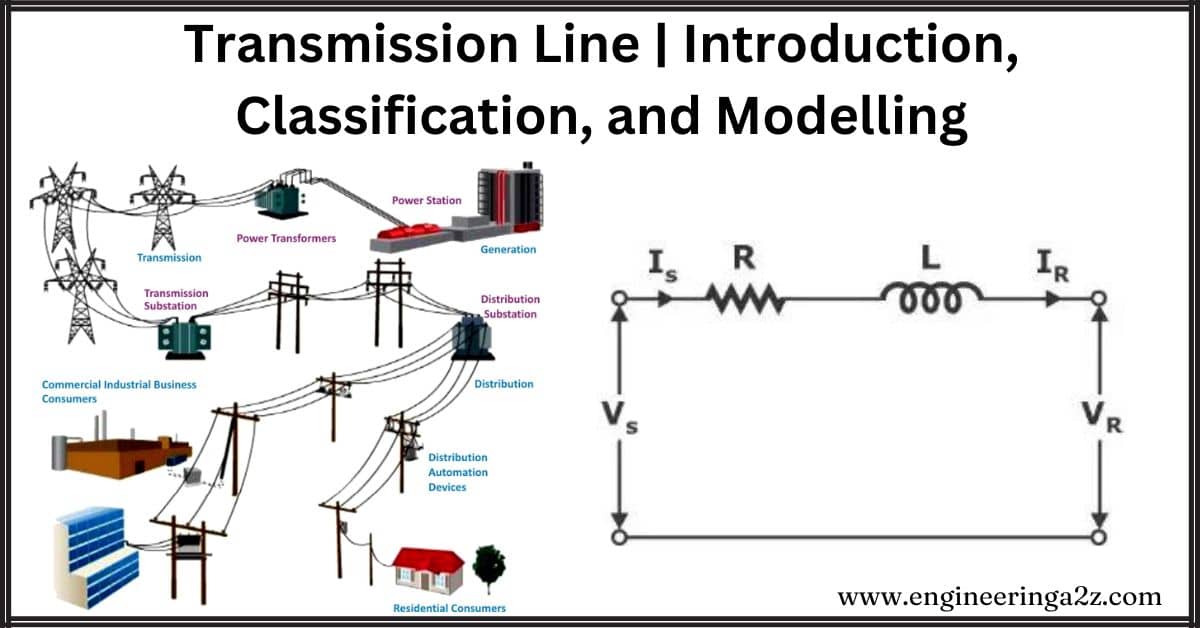
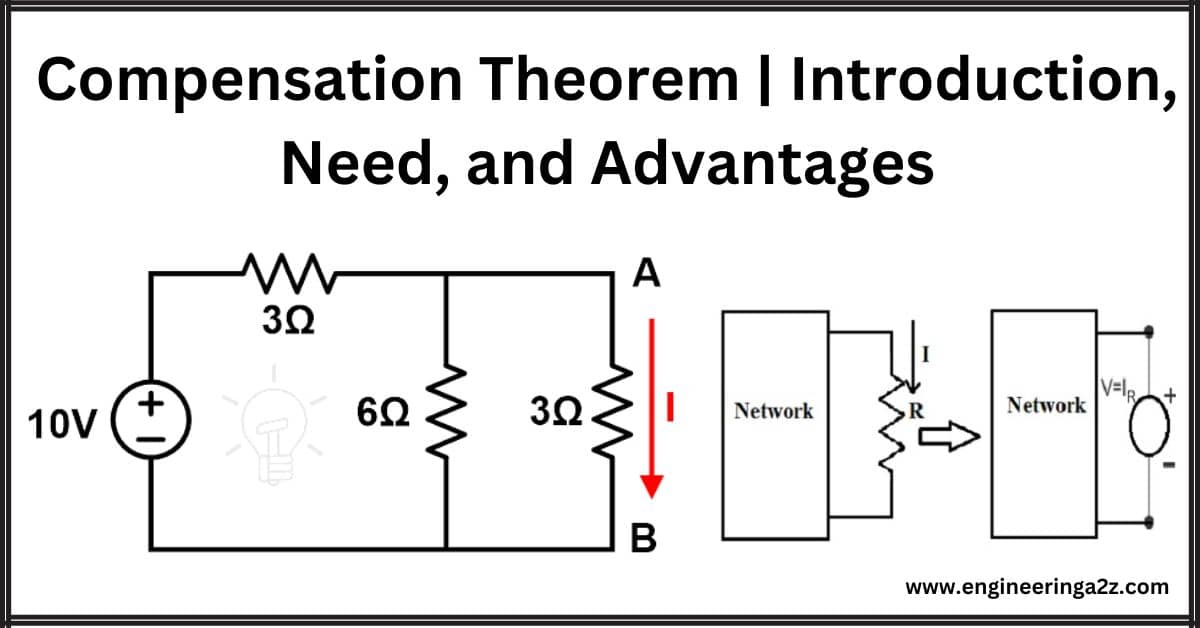
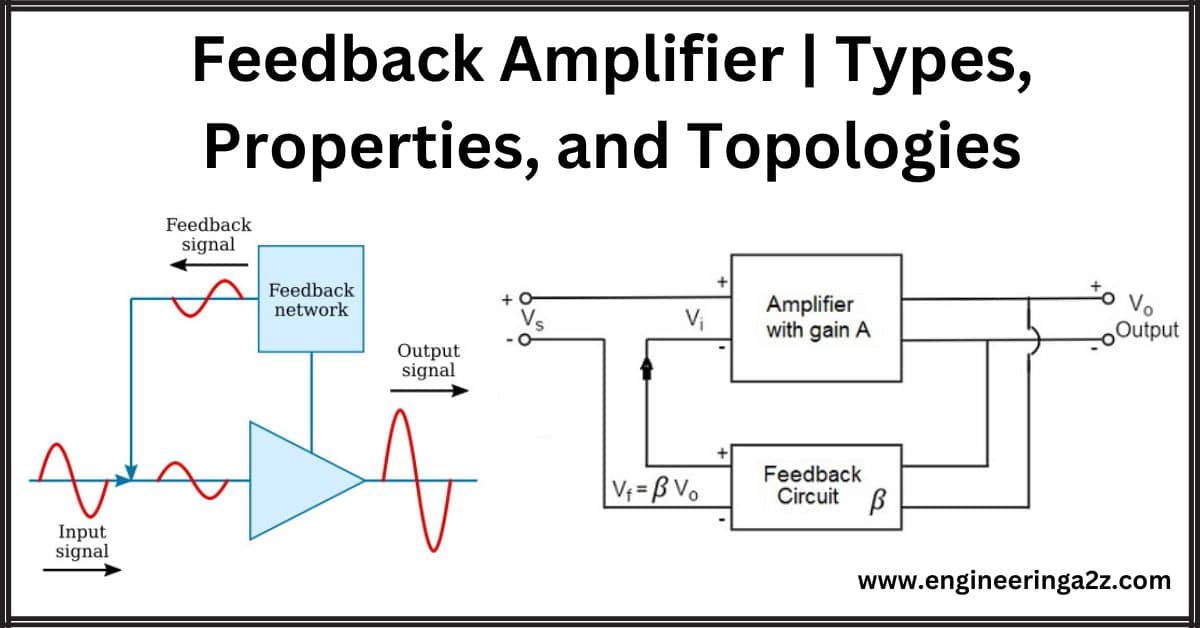
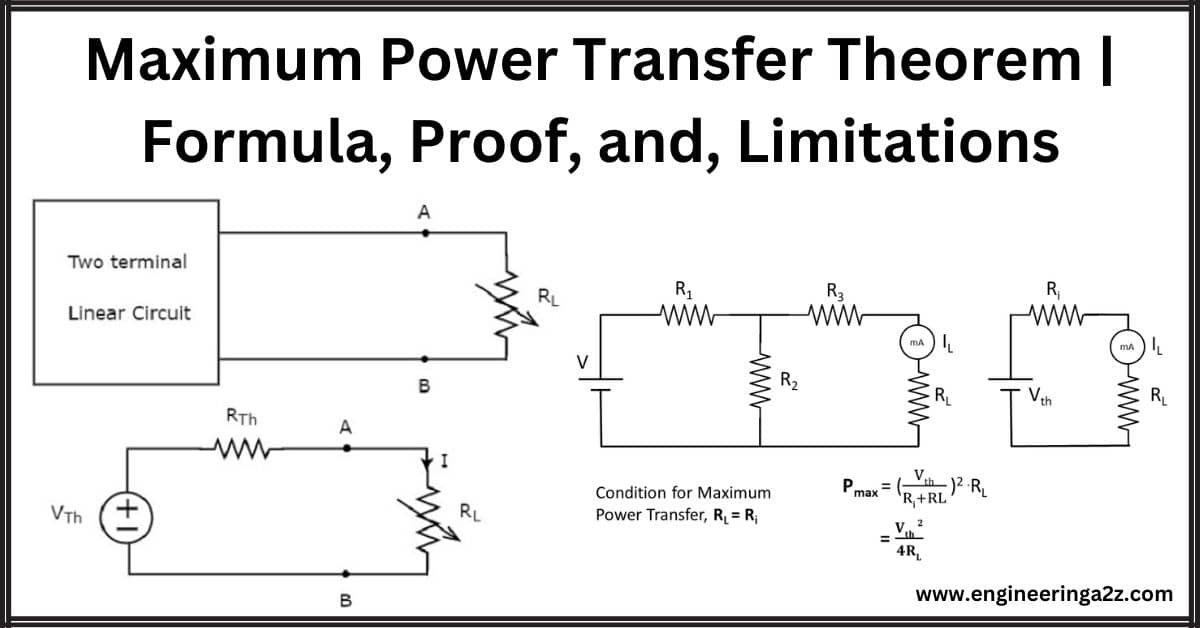










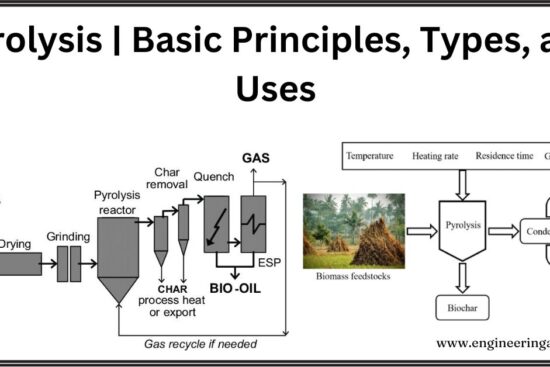
Comments